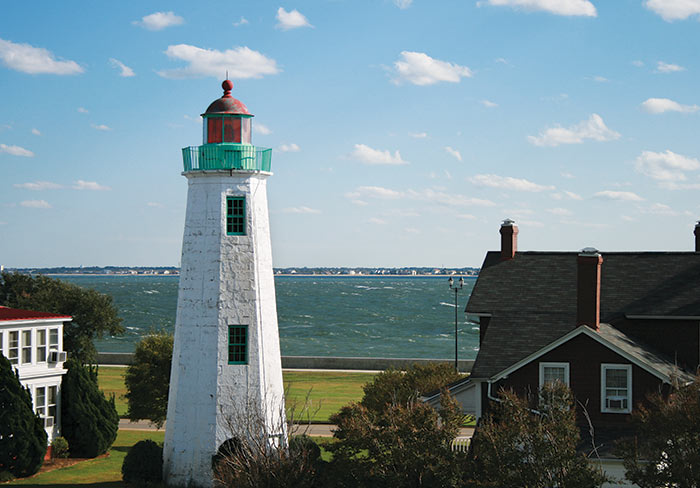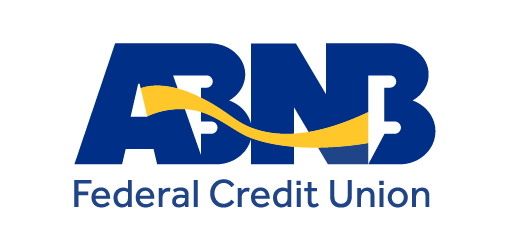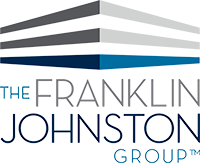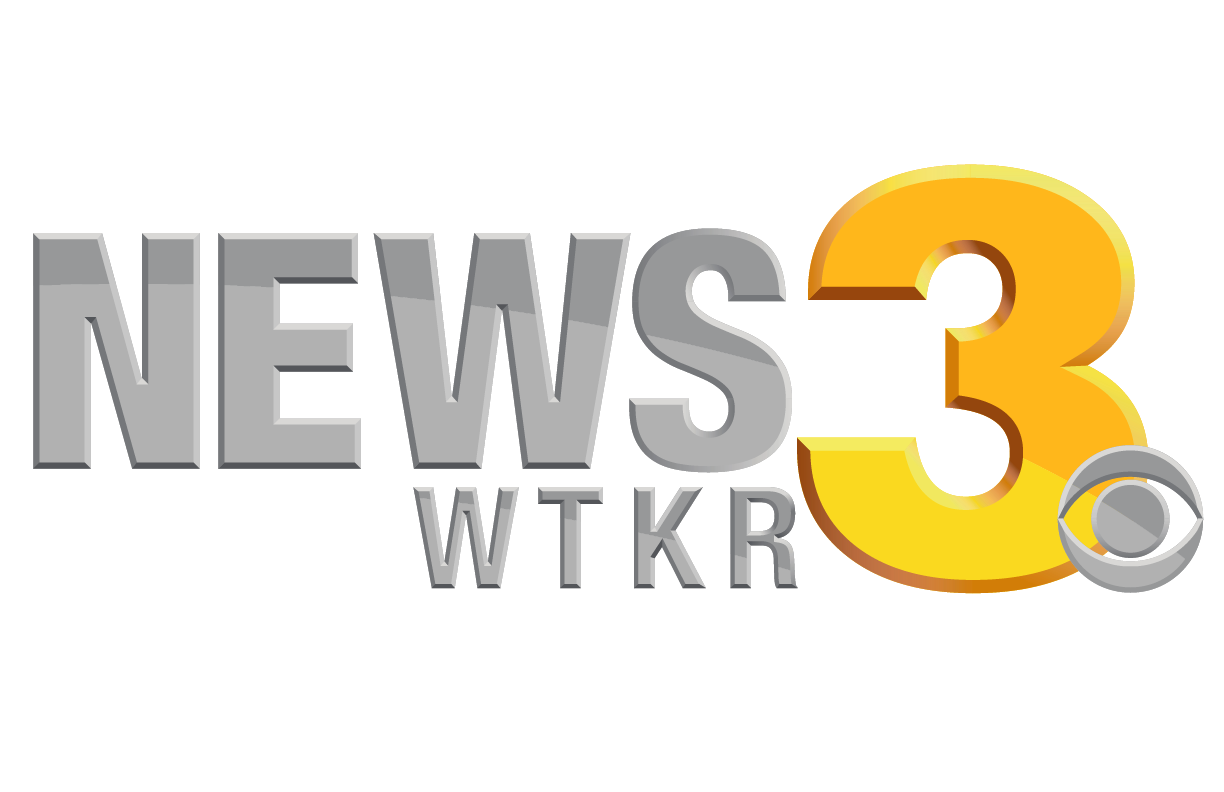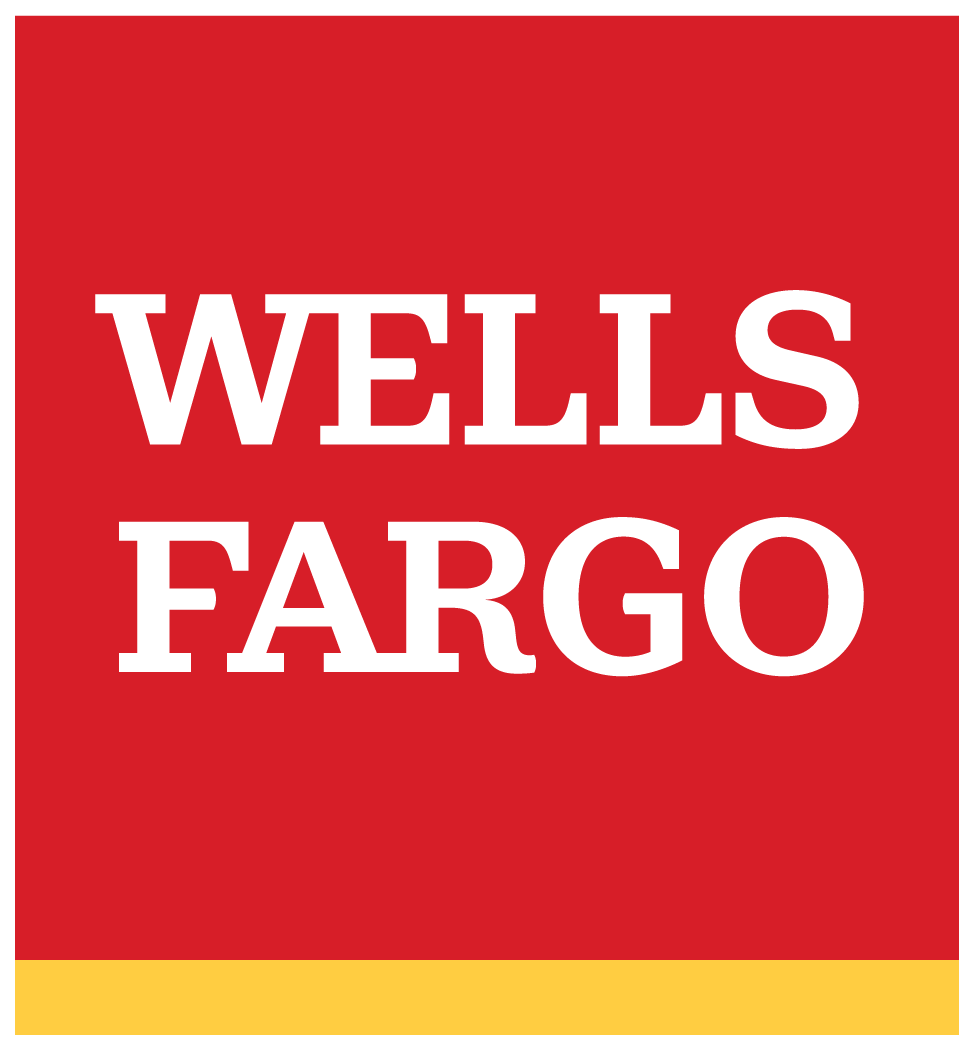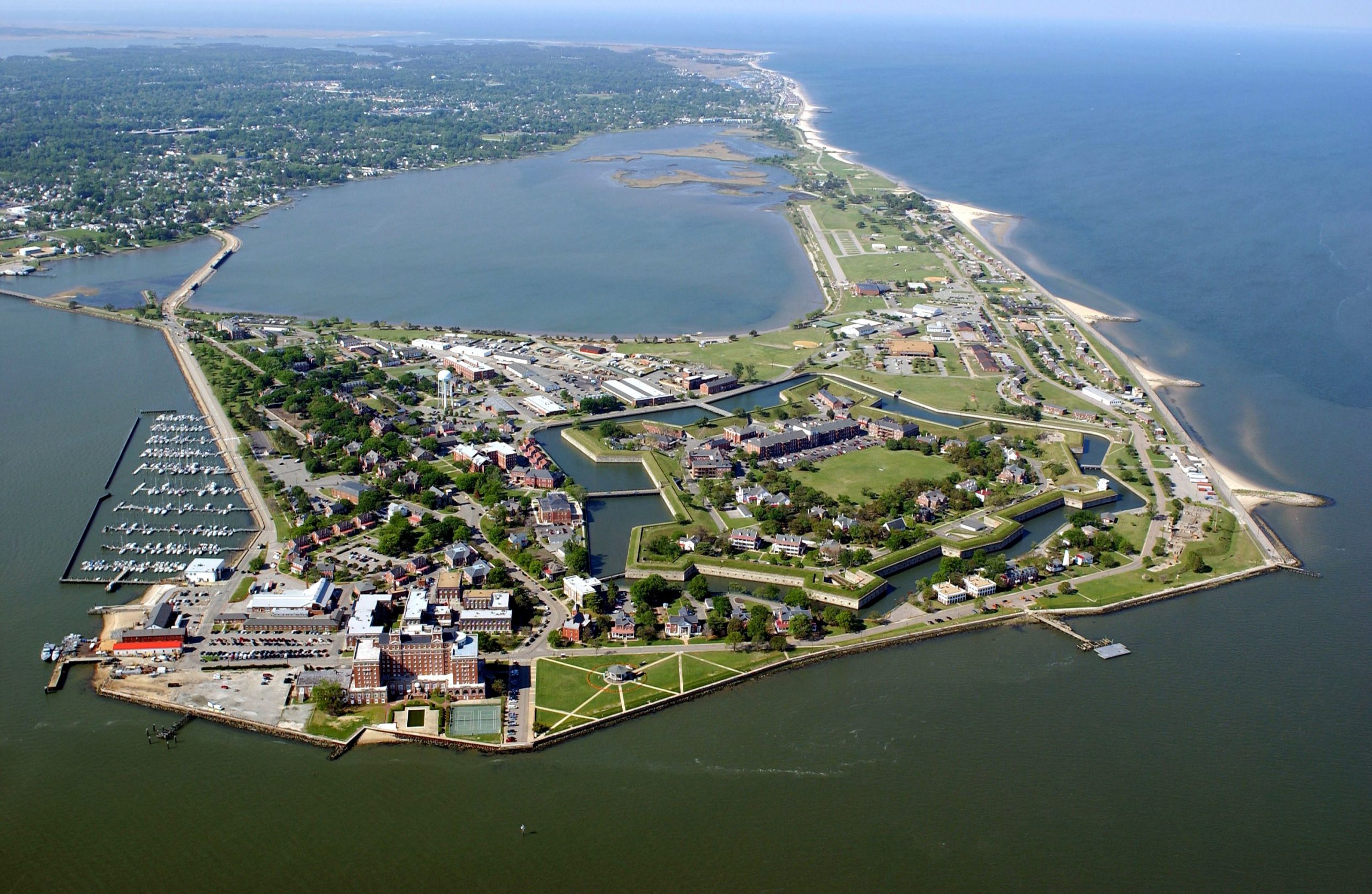
Hampton
Business in Hampton
Hampton has a unique and diversified mix of growing and established business clusters strategically located for success. Anchored by aerospace and defense facilities, major medical centers, and higher education institutions, Hampton offers access to a highly educated workforce.
The city is a natural choice for established businesses, business start-ups, and entrepreneurs. Businesses move to Hampton due to its central east coast location, favorable climate, competitive incentives, and state-of-the-art business parks.
Visit Hampton
Rich in history with small-town charm, Hampton has been recognized by Money magazine as one of the best places to live. Hampton recently ranked #8 on a national list of most affordable waterfront communities and is also recognized as a national model for youth development and civic engagement.

Hampton Business Resources
Combine Hampton’s location, abundant waterfront, thriving business clusters, and successful retail developments, and it’s easy to see why so many companies are choosing Hampton as their new home. Learn more about all Hampton has to offer using the resources below.
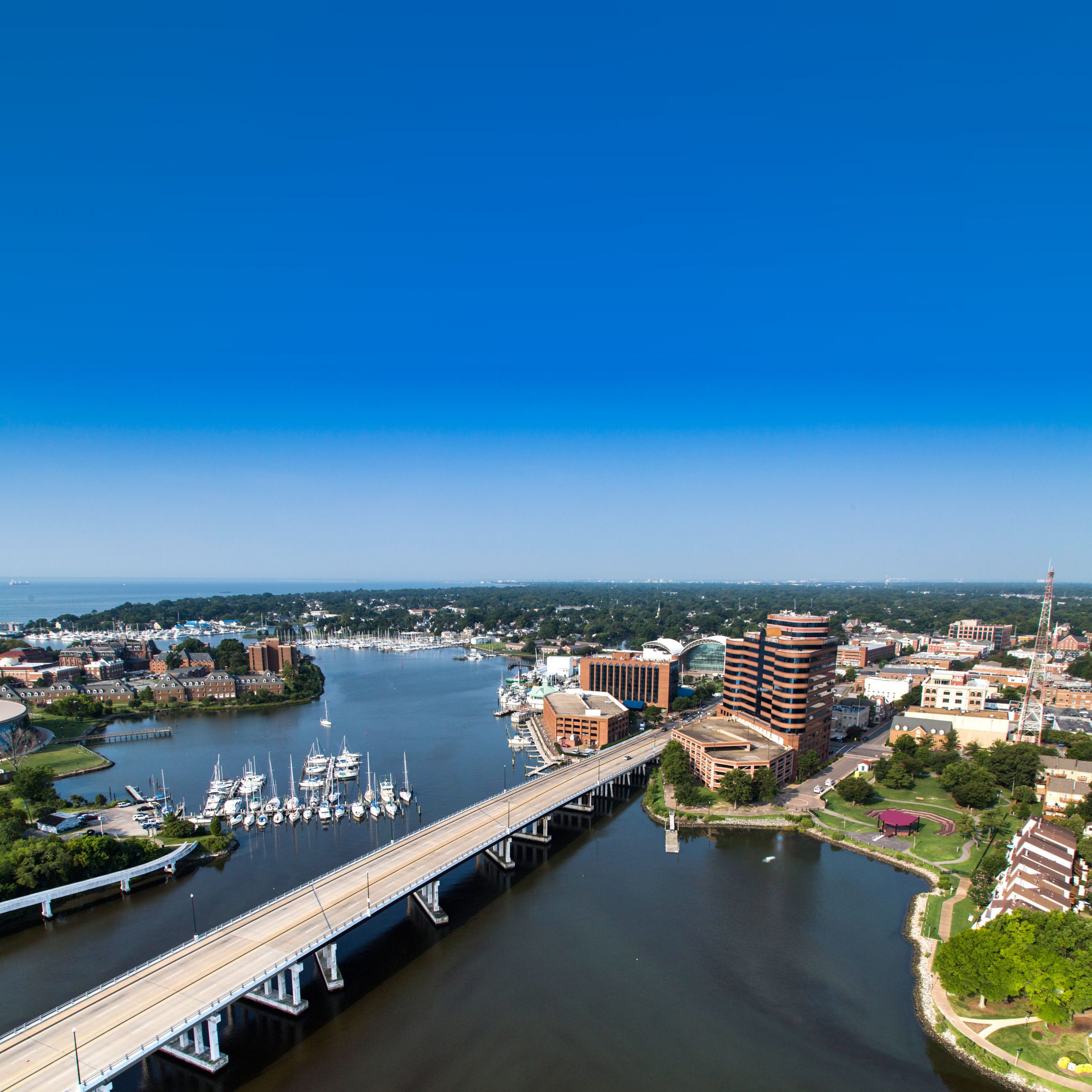

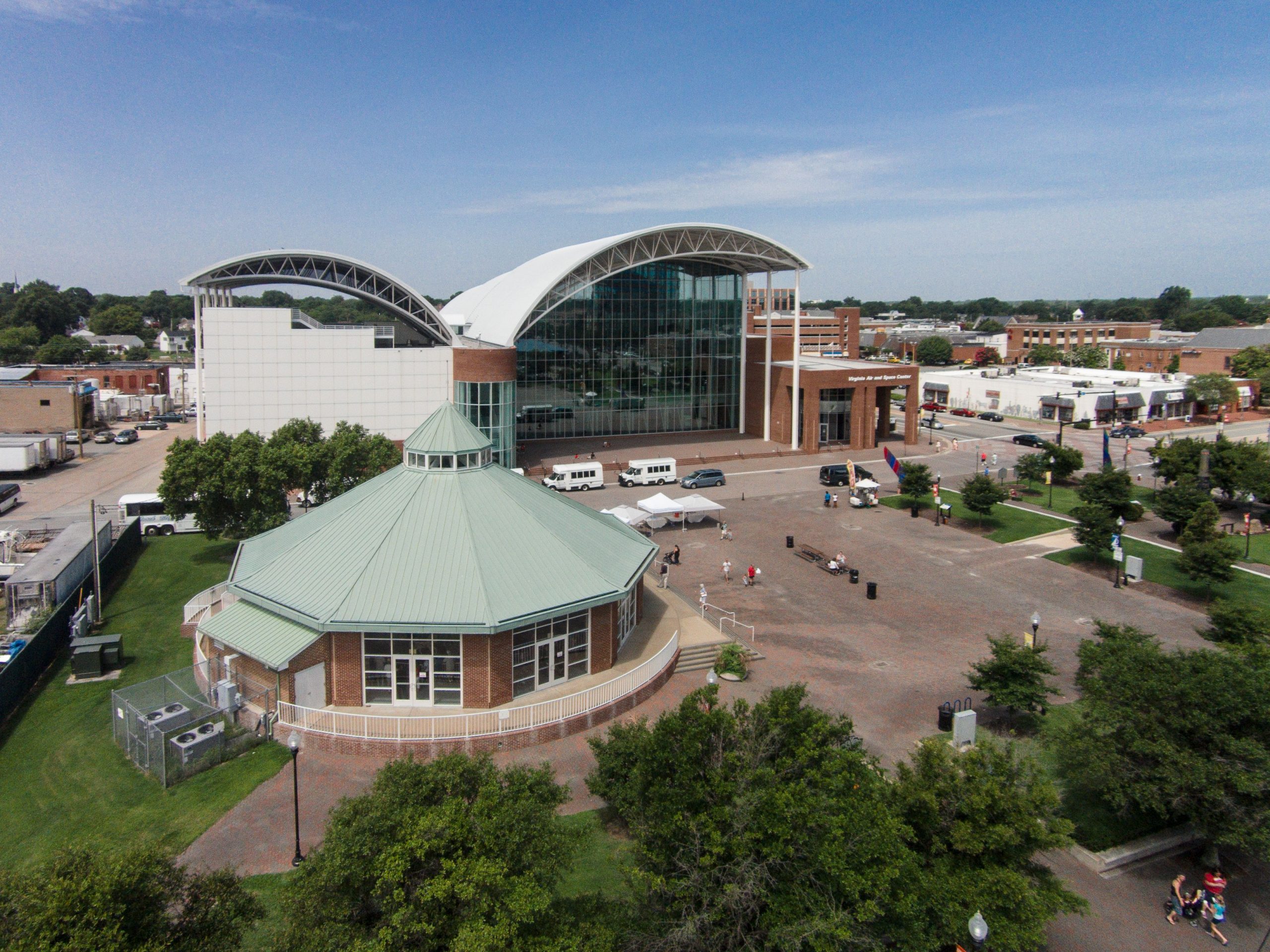
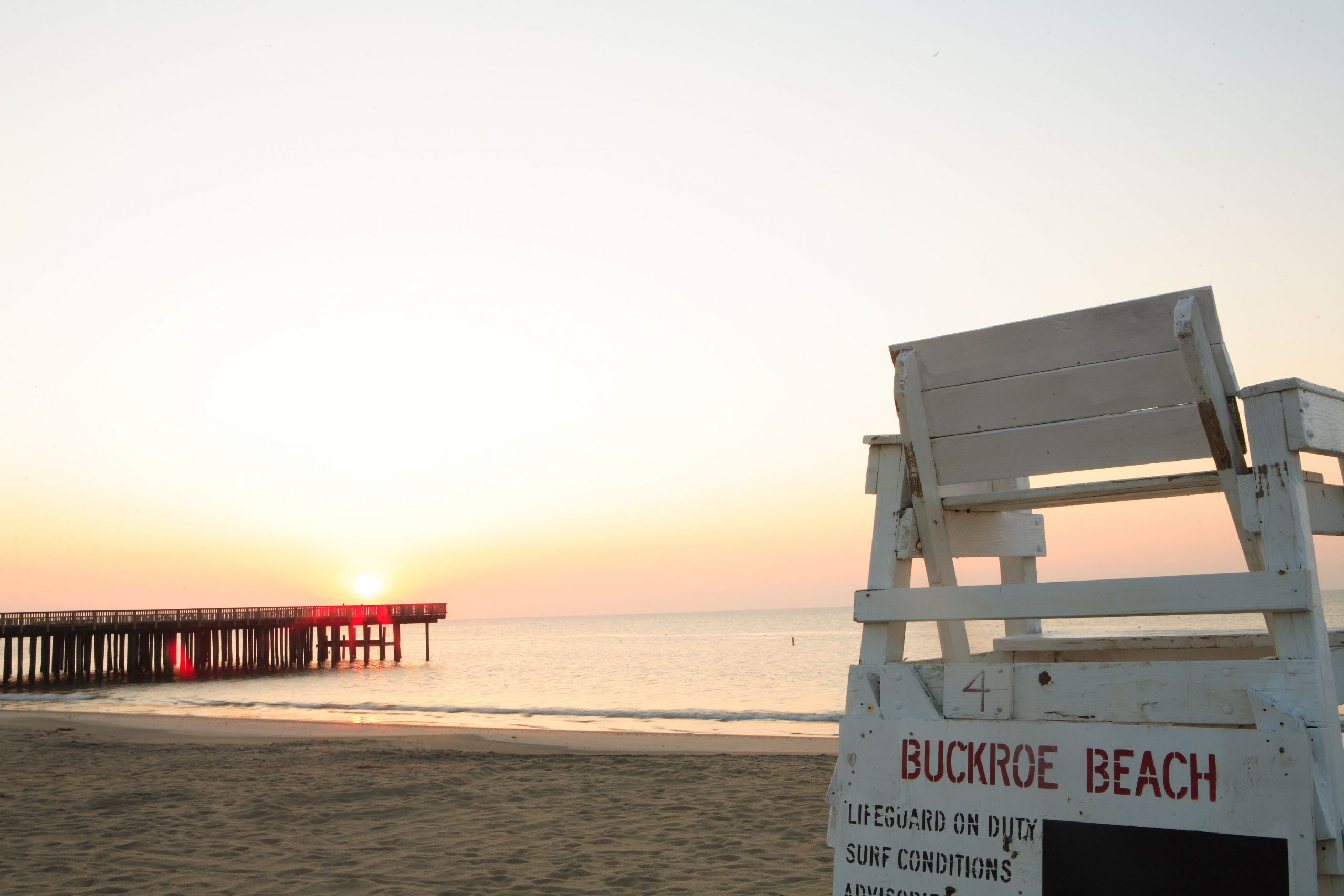
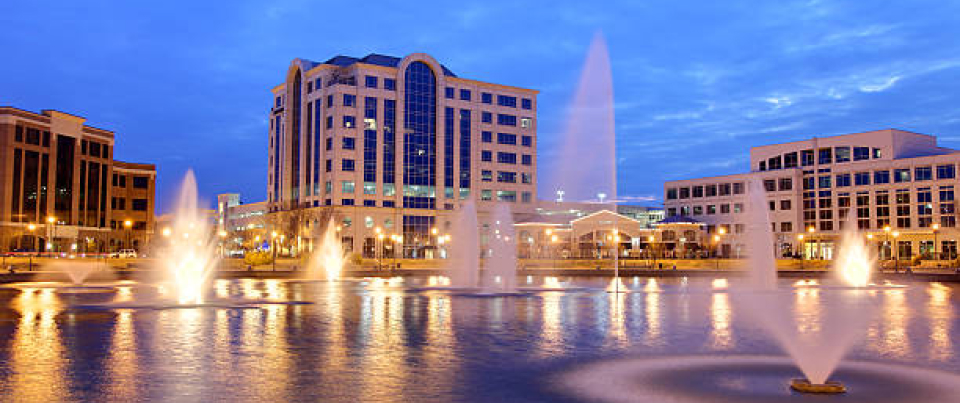
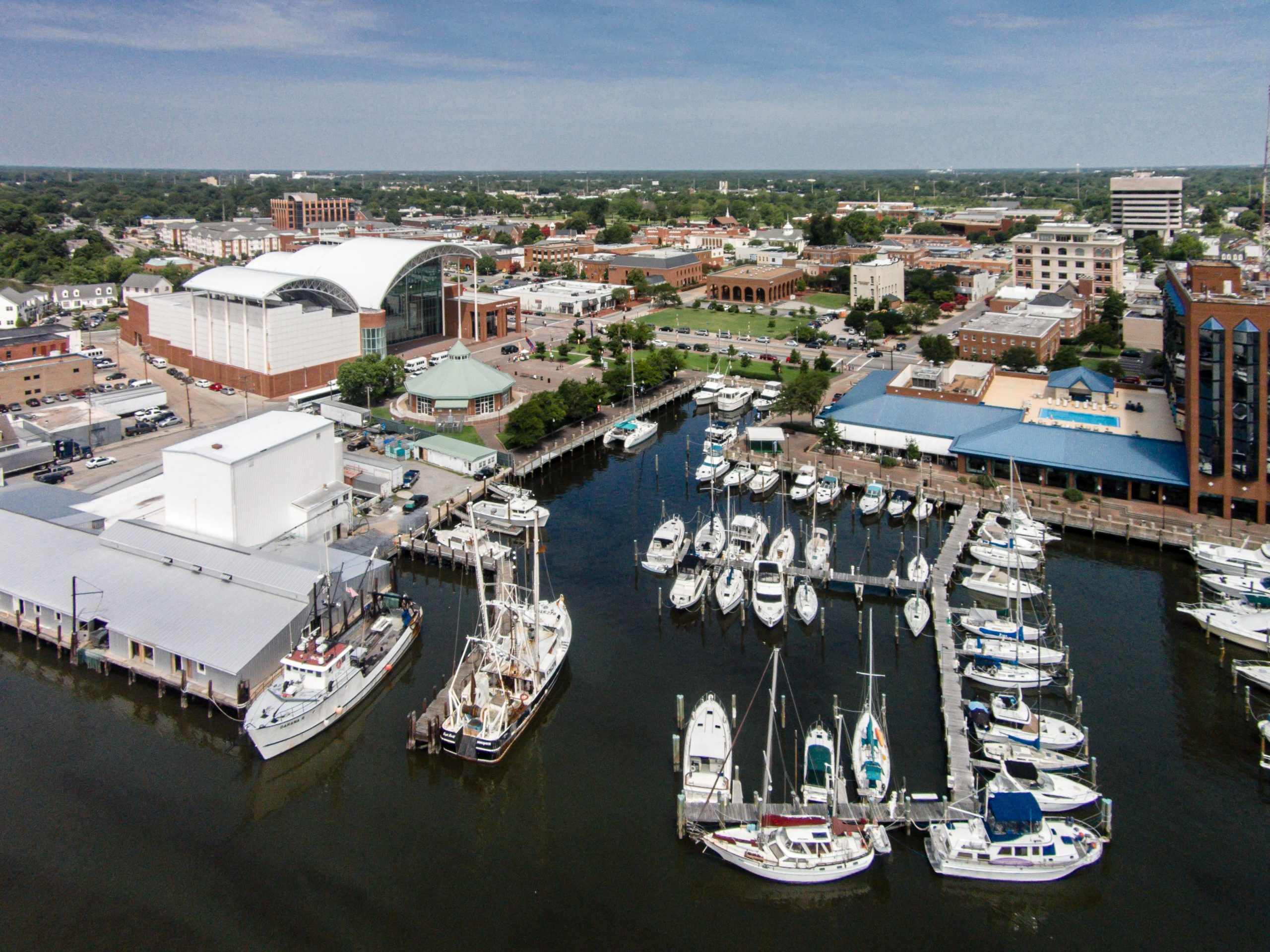
Strategic Partners
Thank You To Our Strategic Partners.
